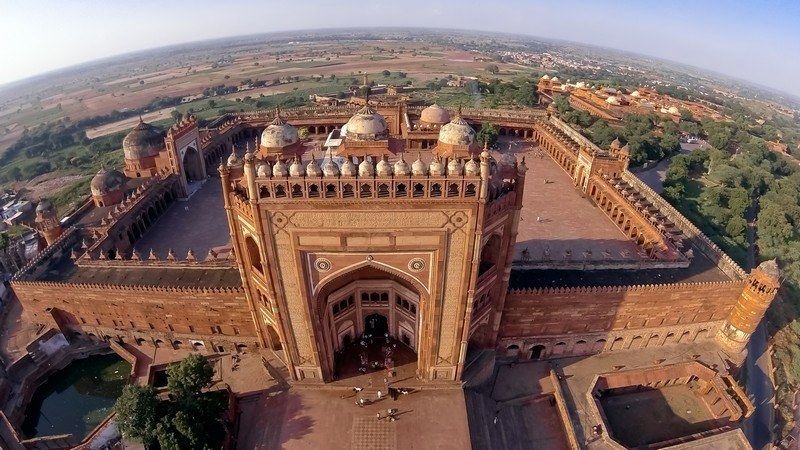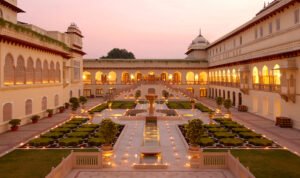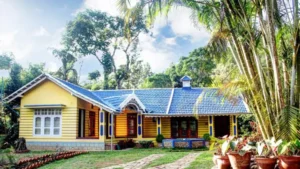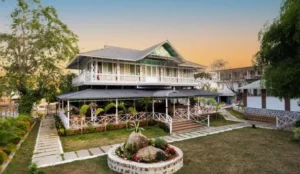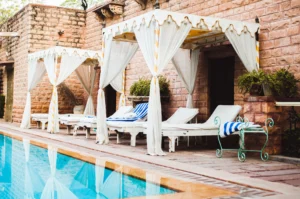Introduction
Fatehpur Sikri, the magnificent yet mysterious city near Agra, was the short-lived capital of the Mughal Empire. Built by Emperor Akbar in the late 16th century, it was meant to be a grand symbol of his rule. However, due to water scarcity, the city was abandoned just after 15 years of use. Today, Fatehpur Sikri stands as a UNESCO World Heritage Site, showcasing a stunning blend of Persian, Indian, and Islamic architecture.
Historical Significance
Founded in 1571 by Emperor Akbar to honor Sheikh Salim Chishti, a Sufi saint who predicted the birth of Akbar’s son, Prince Jahangir.
Served as the Mughal capital from 1571 to 1585, before being abandoned due to water shortages.
An architectural masterpiece, reflecting Akbar’s vision of a unified India, blending Hindu and Islamic design elements.
Architectural Marvels of Fatehpur Sikri
Fatehpur Sikri consists of royal palaces, grand courtyards, mosques, and public spaces. Some of its most significant structures include:
Buland Darwaza (Gate of Victory)
The grand entrance to the city, standing 54 meters (177 feet) high, built to celebrate Akbar’s victory over Gujarat.
Inscribed with a Persian inscription: “Jesus, son of Mary, said: The world is a bridge; pass over it, but build no house upon it.”
Jama Masjid
One of the largest mosques of its time, reflecting Persian and Indian architectural influences.
Tomb of Sheikh Salim Chishti
A white marble shrine inside the Jama Masjid courtyard, where people still visit to seek blessings.
It is believed that tying a thread on the lattice screens grants wishes for children and prosperity.
Diwan-i-Khas (Hall of Private Audience)
Features a unique central pillar with intricate carvings, symbolizing Akbar’s diverse religious influences.
This hall was used for discussions on religion and governance.
Diwan-i-Aam (Hall of Public Audience)
A massive open courtyard where Akbar would listen to the grievances of the common people.
Panch Mahal
A five-story palace used for the entertainment of royal women, featuring an open, airy design.
Jodha Bai’s Palace
The largest palace in the complex, blending Rajput and Mughal architecture, supposedly built for Akbar’s Hindu wife, Jodha Bai.
Why Visit Fatehpur Sikri?
A must-visit for history lovers, photographers, and architecture enthusiasts.
Offers a glimpse into Mughal grandeur and Akbar’s vision of cultural integration.
Less crowded than the Taj Mahal, providing a peaceful and immersive historical experience.
Best Time to Visit
October to March (cooler months) for the best sightseeing experience.
Early morning or late afternoon for better lighting and fewer crowds.
Visiting Information
Location: 40 km from Agra, Uttar Pradesh
Entry Fee:
₹50 for Indians
₹610 for Foreigners
Free entry for children below 15 years
Timings: 6:00 AM – 6:00 PM (Open daily)
Nearest Railway Station: Fatehpur Sikri Railway Station (1 km away)

